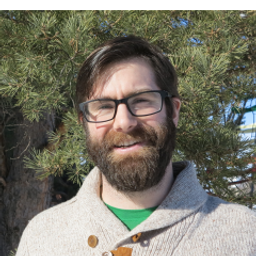Reconstruction of Precipitation & Lake Levels in the UNESCO Beaver Hills Biosphere
My Session Status
Over the last 140 years, lakes in the UNESCO Beaver Hills Biosphere, located east of Edmonton, Alberta, have experienced significant water level changes. At Cooking Lake, lake levels are estimated to be 9 feet lower than the historic high. These changes have been attributed to declines in precipitation, although water levels in Cooking Lake were not consistently measured until after 1956, with few measurements in the first half of the 20th century and no information on water levels prior to 1900.
Annual growth rings from white spruce have been used to reconstruct water levels elsewhere in Alberta and could provide a proxy for years with no measurements. Forests around Cooking Lake experienced a succession of fires from 1895 to 1930, destroying most of the older trees in the area. However, local histories revealed several former island locations that were spared from these fires and retained older white spruce. We also located several log cabins built between 100 and 125 years ago, believed to be constructed from local spruce.
Using a combination of living (n = 30) and archeological samples (n = 41), we built a chronology that extends from A.D. 1724-2020. Using water level records of Cooking Lake along with regional temperature and precipitation data, we aim to reconstruct environmental signals inferred from the annual tree-ring records. Initial results suggest that there is an acceptable strength for reconstruction of precipitation back to A.D. 1808. We will also present updated information on connections between precipitation and lake water levels. We strengthen this reconstruction by examining local history accounts to relate significant water level fluctuations with our chronology.
